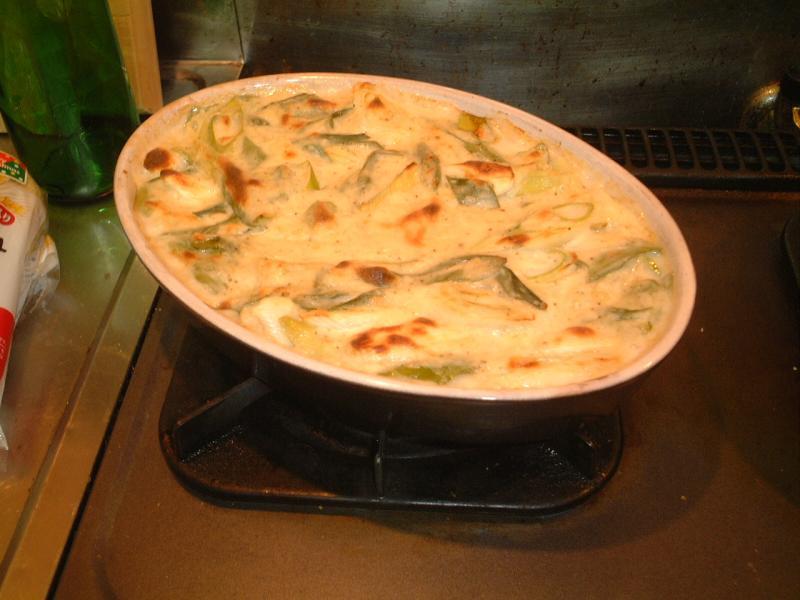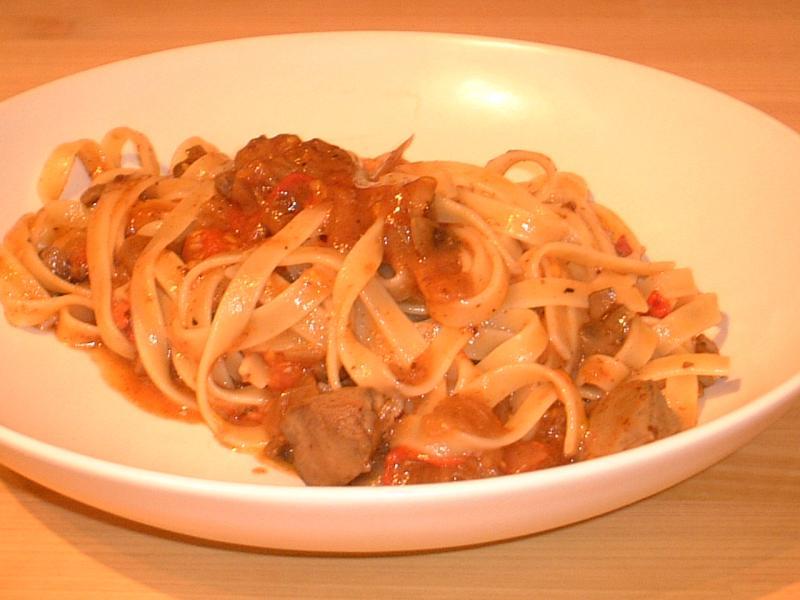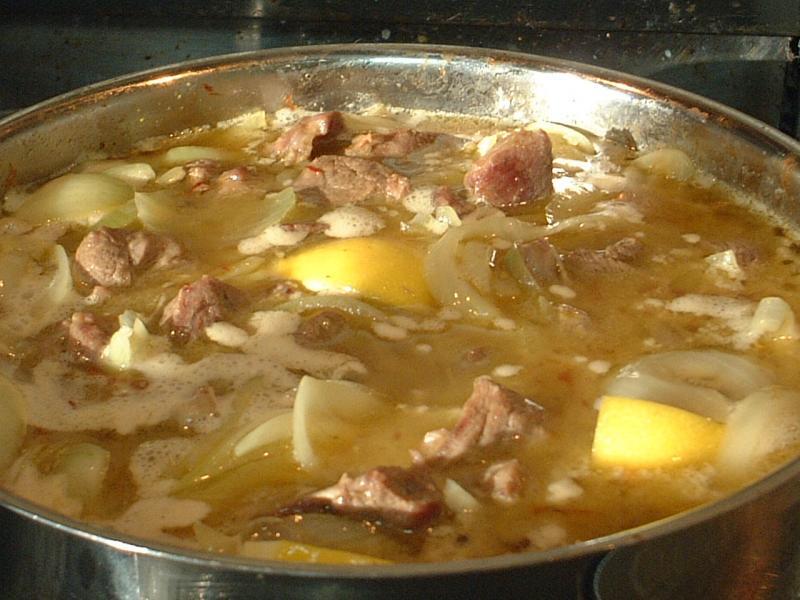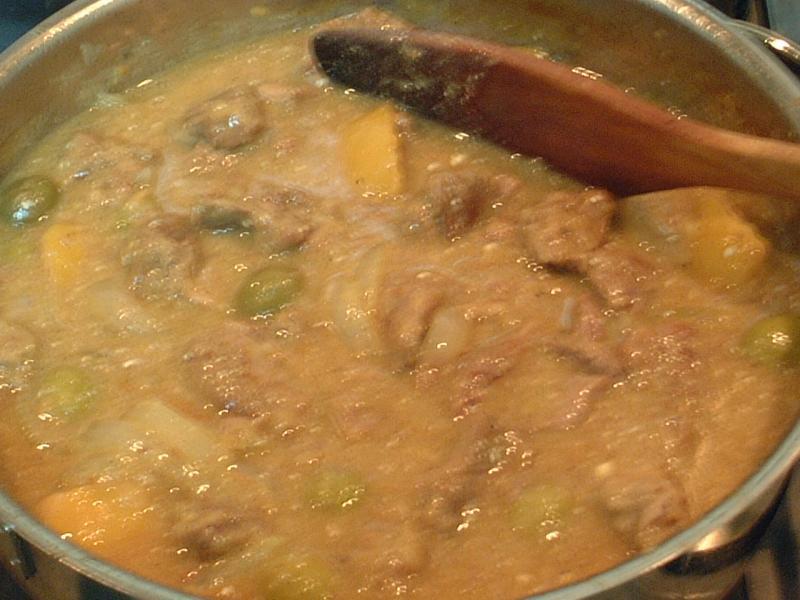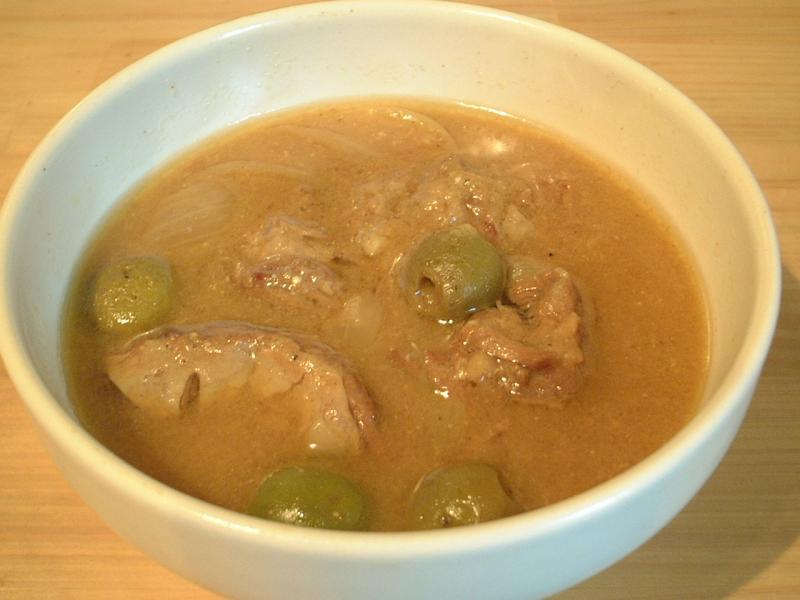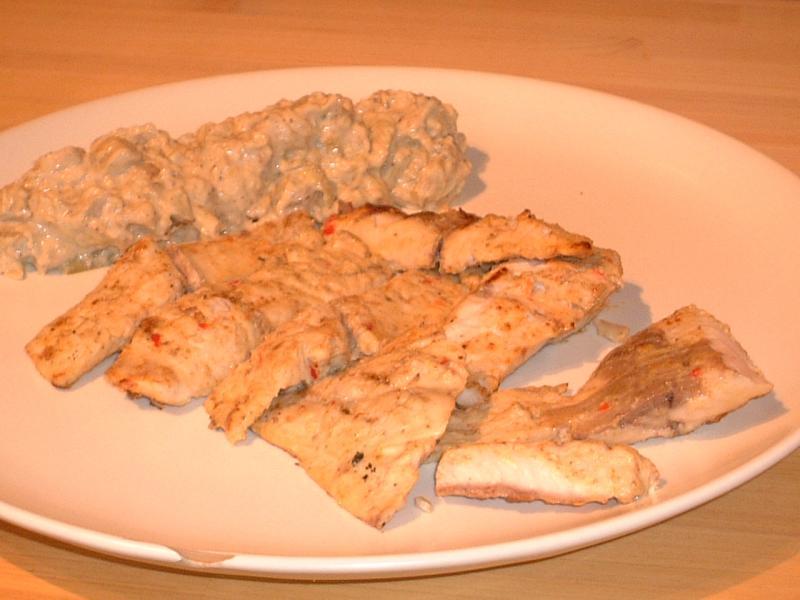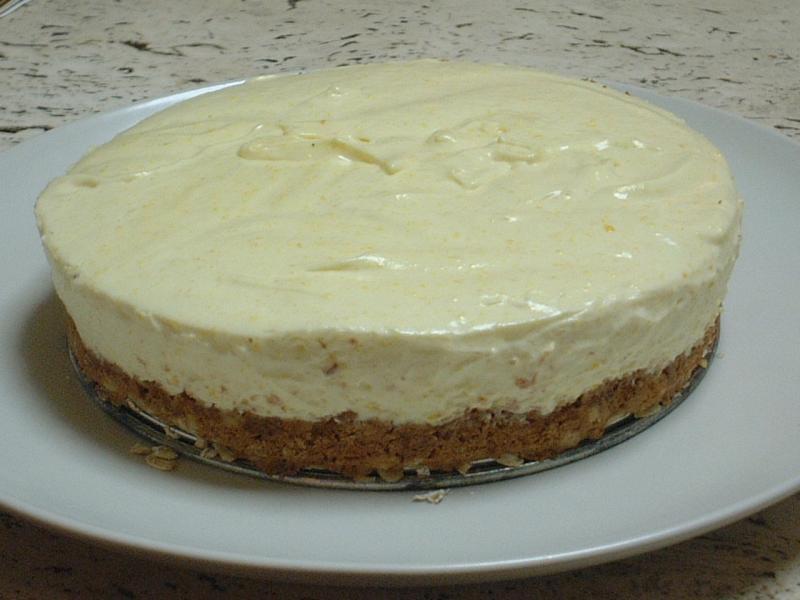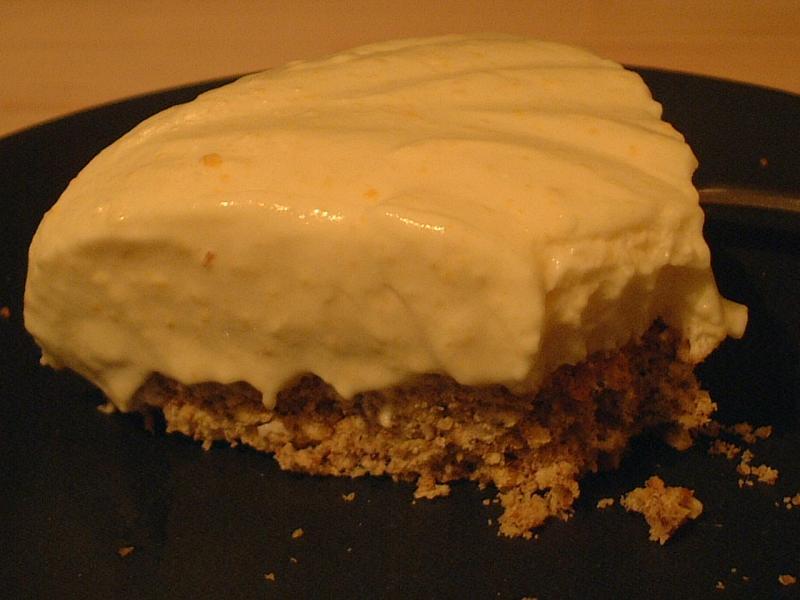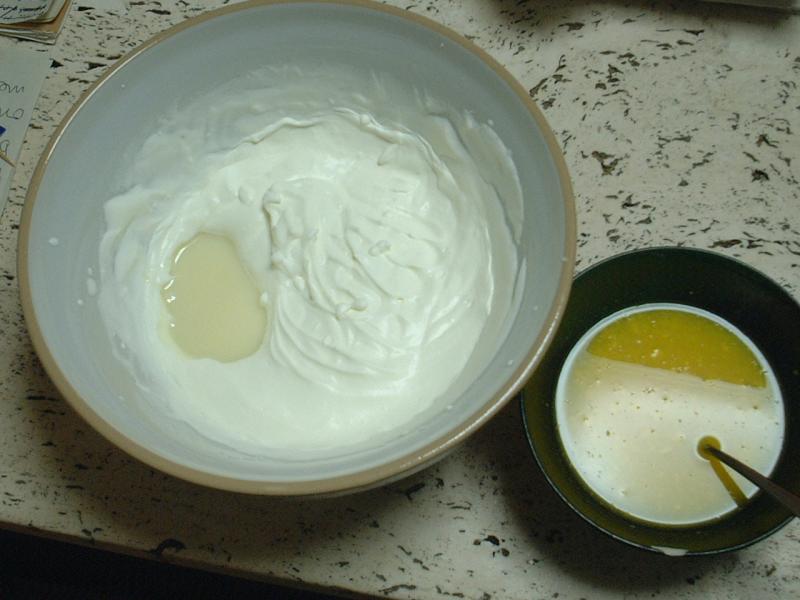-
Posts
1,728 -
Joined
-
Last visited
Content Type
Profiles
Forums
Store
Help Articles
Everything posted by Blether
-
I don't know about the historical cost in Asia, Nakji. How old is tradition ? I guess the quick stir-fry and the Japanese penchant for raw food point in that direction. It's a few years since I discovered it, and now we're out of the 'Cooking' forum, I might as well link to this article on 'Peak Wood' in the Bronze-age Mediterranean, which I find fascinating, well-written and convincingly reasoned. There's much more, but as a sample,
-
Conditions have been fairly stable for a long time. Right now, we can buy expensive cuts for short-time grilling / saute / roast, or cheap cuts for braise / stew / slow cooking. Energy ain't going to tumble in price any time soon. Where is the trade-off in ingredient and fuel prices ? I've never seen a cookbook that says, 'sure this cut is cheap but you'll pay out on wood for the fire'. I'm guessing that what old-time cookbooks we have, come from prosperous houses where the cost of coal or wood wasn't such a big deal. Where is the trade-off between meat and fuel prices ? Has anyone seen sensible analysis of this anywhere ?
-
Hi, judiu. It's very simple, really. Negi / Leek gratin Make a bechamel (about a British pint ?), removing the bay leaf when the sauce has thickened. While the bechamel simmers for 5-10 minutes, cut the negi (4 or 5) on the bias, sprinkle with salt and in the baking dish, covered with plastic wrap, zap them for, oh... 5 or 6 minutes at high power - test for doneness with a skewer or fork. Add grated cheese (in my case, some fresh parmesan and mature cheddar) to the bechamel, season with salt & pepper. Drain any water from the leeks, and mix them in a bowl with the bechamel. Return to the baking dish and bake at 200C till nicely browned - 25 minutes in this case. I more often make a smaller portion, and just pour the cheese sauce over the zapped leeks in the baking dish. This was a bigger quantity, so I wanted to mix it up well.
-
Beautiful, as always, prawncrackers. Happy Christmas
-
-
Hi, Robert. I'm going to be pedantic and repeat that as I understand it, salt doesn't penetrate cell walls - it's too big, even dissolved in water. It does dissolve in water, unlike flavours in the form of fatty or oily molecules. I think your observation about brining and other flavours is a good one - I too notice that my bacon absorbs far less herbal / pepper flavour in proportion to the amount in the brine, compared to salt absorption. I can sure believe in salt penetrating the small fissures in the food fibres (between cells / between cell bundles) more easily.
-
When I had the opportunity recently, I asked a Japanese friend (in his early 60's) who comes from coastal Kanagawa, a little about tonkatsu. He agrees that Wako is good. What especially interested me is that he said that back in the day, tonkatsu was considered a luxury - well, to eat meat was considered a luxury. He says it was the sort of thing you might be able to have once a month, as a treat, and concurs that Ueno / Okachimachi / Kanda have the greatest concentration of tonkatsu-ya. I forgot to mention in my first post, that I'll also be referring for inspiration to Mikami-san's 'Tonkatsu tabe-aruki nikki' ('Walker's Tonkatsu diary') - click on the restaurant name in the left column for details in each case (Japanese language only). Ueno is the major centre that's right next to Okachimachi. I'm intrigued by the top three entries: listed as "The Big Three of Ueno" ('上野とんかつ御三家').
-
Well, in my experience, adding water dilutes the soup of all of its flavor. It makes it, um, 'watery.' That's nothing like adding a potato or two which doesn't, by my definition anyway, "dilute" the soup at all. It just sucks up the salt. Once again, yes (Sorry, Chris). That's the whole point about potato-adding, isn't it ? Because trying to adjust using water ruins the dish.
-
Put a lid on the pot so the 'air' in it stays at steam temp ?
-
I concur strongly with you, Jaymes. My experience matches yours: potatoes need to be cooked in salt water, and/or need plenty of salt. I've used them successfully to absorb salt to rescue soups & stews. I haven't personally come across celebs denying all this - I wonder about anyone who'd make such a claim. Are they all mouth and no kitchen ? An over-salty potato can even be put aside and combined with less salted ones cooked later, in mash, say. I'll also note that osmotic pressure (which acts across cell walls in the spud) means the movement of water from the less-salty side to the more-salty side. Salt doesn't pass through cell walls. So one might expect dehydration of potato cells in salty water (so maybe 14g is starch and water). Salt itself of course migrates into the potato in the gaps between cells / larger fissures in the potato's flesh, as it does into other foods during brining / pickling / salting.
-

Full English/Irish/Scottish/Welsh Breakfast
Blether replied to a topic in United Kingdom & Ireland: Cooking & Baking
I read somewhere that laverbread is the same seaweed as Japanese nori (also a breakfast staple), but I've never come across it. What form does it take ? Any chance of a picture (looks but fails to find eyelid-batting emoticon) ? -
In fact I'm both British and Scottish. The method is a combination of Delia Smith's, with a recipe (in Japanese) from the web. I checked Marguerite Patten's 'Basic Basics' book on jams & preserving just now - her method sounds like yours, except that she separates the lemon juice at the very beginning, and only adds it back together with the sugar. Katie, I've found jam-making in Le Creuset difficult because of the 'heat over-run' after you reach temperature and turn off the gas.
-
Beautiful, David Ross (though opinion is divided on Le Creuset).
-
I deliberately use a brown sugar because I like the flavour and the tawny colour. What sugar did you use ? Can you confirm, for the first soak/boil/soak, that you mean fruit that's already cut ? It seems a very long soak time, and lemons left lying around do brown, don't they ? My marmalade-making works like this: Break the fruit down - first juice it, then separate everything that's left into (1) the seeds, fruit pulp and all the pith and (2) the outer part of the peel (the rind), with the pith trimmed, cut in shreds. Boil all together, in added water, (the parts in (1) above in a muslin bag), till the rind shreds are soft (about 2 hours). Remove the bag of pulp &c (squeezing the liquid from it), add the sugar and boil to a set. This whole process is much faster (in terms of elapsed time) than the one you describe.
-
Phew. For a minute there I was afraid it was going to be marmalade and tako (octopus).
-
Some time ago I bookmarked this page, which I think has good world coverage. I recognise some, but don't know all the varieties available in the US. Three quarters of the way down the page is the list that starts like this: - and includes Kennebec and Maris Piper (by the look of it, you may be on to something, chef koo). I liked the Guardian's article - I really thought it was worthwhile, but I'll note in passing that it's a one-time comparison that doesn't note the sources or freshness of the particular potatoes (different varieties) compared. Did the Guardian take care to normalise these factors, or should we suspect that the Maris Pipers may have came out winners because they were a particularly good/fresh batch of Maris Pipers, and the King Edwards not ? It's true too, that even in this trial, in places the two tasters had different opinions on which variety was better. For the moment, I'd take the idea that Maris Piper is the undisputed king of the roasties with a pinch of salt (sorry), and as ever, always account for personal taste. This page is shorter and UK-specific. I write this with jealously gritted teeth. Here in Japan, mostly you can buy potatoes, new potatoes, danshaku potatoes (old floury ones, not a specified varietal), or Hokkaido potatoes (you know where they come from).
-
Shake some over beef before roasting. Add some to hamburger mix. Otherwise, think mustard/horseradish applications.
-
Great bread, everyone. Aloha Steve, that ciabatta looks superb ! Isomer, likewise your multigrain sourdough. How was it ?
-
The other main observation about the santoku knife, is that when it's called a 'family knife', that means (historically - the name being coined post-war) that 90-something percent of the time it'll be mother who's using it in the family kitchen. Hence, I think, the lightness and small size. Since I wrote the above post, I've learned that there is a knife in the traditional Japanese repertoire that shares the shape, in profile, of the santoku - the 'funayuki-bocho' 船行包丁 or translating 'seaman's knife', but in cultural terms maybe better thought of as 'fisherman's knife' (funayuki literally means going on a boat or ship). Once again it's amateur night here, but I think it makes sense to look at it and see why the foreshortened point (compared with say a yanagiba) is a good idea where the whole work area may be pitching and rolling.
-
For something different, I had a go at Levantine Lamb Stew from Christine Osborne's Middle Eastern Cooking. It uses a subtle amount of garlic & ginger, together with saffron and pieces of lemon cooked in the stew. I used 2 or 3 lbs of lamb shoulder from NZ. Seen here just at the start of the simmer: I blew the picture after the final addition of olives & yoghurt: but earlier noticed the same picture from the book is at Food Features. (There's no way those onions and that lemon have been stewed for two hours. So much for the recipe going with the picture). Reheated today, a bowl of it looked like this: - I have some pieces of onion showing, that I added ten minutes before the end. Even these are more wilted than those in the book's picture. I like it. The saffron, lemon, olives and background garlic & ginger make an unusual (to me) combination. I salted & peppered as instructed, but I'm not familiar enough with Middle Eastern food to know if it's generally peppery-hot, or less so. Can anyone comment ?
-
I picked up a whole Inada (young yellowtail) of about 2.5lb to make tandoori fish. It was a good excuse to light some charcoal and roast eggplants again too, for more baba ghannoush. The fish carcase made a fumet that I boiled down to 2 thick tablespoons and added to the baba ghannoush.
-
Hi again, Don G. I spoke with Mr. Tamura of Mercian. He says: Histamines are created from histidine in fish due to the presence of histamine-generating bacteria. In wine, lactobacillus and others generate histamines, but only in very small amounts. Even so, histamines are said to have no flavour and no smell. Of course, in fish in which histamines have appeared (rotted fish), odours and flavours are created from other causes. It seems that histamines have become a topic of conversation with regard to health issues, but histamines probably don't have much to do with the pairing of wine and fish.
-
The marmalade recipe I adapted uses a large volume of water, to which the juice (and peel, and bag of pith & seeds) is added - you should be able to adjust easily enough, I think - after all, the final setting temperature is only reached when you've boiled off whatever spare water you had. I'd be more specific, but I adapted it to natsumikan, not yuzu. One of the major ways that yuzu is sold here, is as a kind of thin marmalade that people dilute to have as a hot drink. Cream + lemon juice = cream cheese, in my book Yes, the condensed milk is sweetened - which leaves a question for me - do you have unsweetened condensed milk in the US ? I've never come across such a thing (evaporated milk, yes). As for blind baking, what I mean is I mixed a raw cookie (digestive biscuit) dough and pre-baked it. It's an interesting thought for a crumbed-biscuit base, if I could be bothered shelling out the bucks for Japan McVities and removing every individual piece of wrapping. Early season (October / beginning November, in my local central-Tokyo supermarket, yuzu were the equivalent of two bucks each; now they're down to one.
-
I've just got round to using the yuzu I picked up a few days ago with this specific aim in mind. If you say your jonesing for yuzu - do I infer right, that you've had a lot of yuzu before ? If so, in what form ? I can recommend the cheesecake idea; yuzu makes great marmalade if you really have a lot - and of course marmalade is good for mixing into sponge cakes or ice creams or using as a sauce base through the year.
-
I had to go to an evening meeting and left late. Main course was a fresh coffee and deep-fried snacks courtesy of Mini Stop, but dessert was waiting when I got back. Yuzu cheesecake (one bite down): - inspired by a conversation recently with Helenjp. Kinda sloppy-looking on the side there, but this is the first slice, so please be nice. I have a dinner-party-quality, cheat's cheesecake recipe which goes: Adapting this, I passed on the chance to buy biscuits for crushing in the Tokyo market and baked a digestive base (the recipe 1/3 of the way down, beginning 110g) directly into the springform tin (it came out too thick and so this part needs work). I used a J-standard 200ml carton of cream and the same amount (half a 397g tin) of condensed milk. Scaling up, that should mean the juice of about 3.3 lemons, or at 2.5tbsp per lemon, 125ml of juice. You don't get much juice out of a yuzu, but it is tart - sourer than lemon juice. I grated the zest and took the juice from three, topping up with lemon juice to 100ml. It tastes great ! Something for the cream-lover and for the citrus-lover. The yuzu's a success - though I might even use part water next time just to sweeten it up a little.


